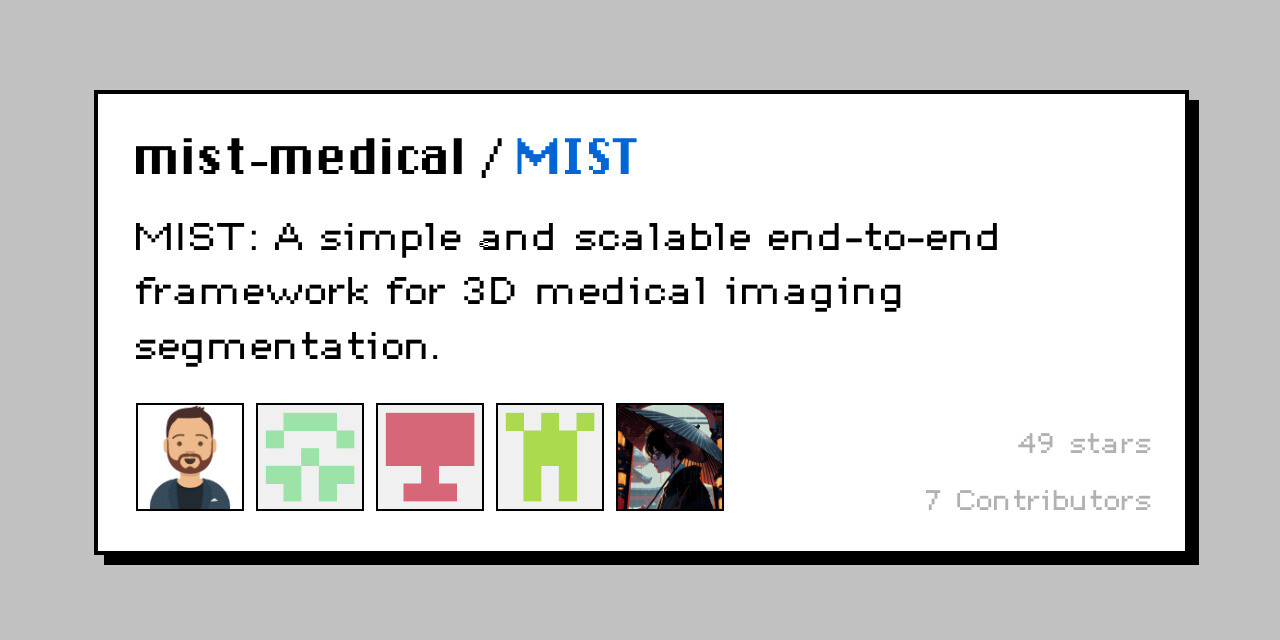
Medical Imaging Segmentation Toolkit (MIST)
A simple and scalable end-to-end framework for medical image segmentation. Handles various medical imaging data and is easily expandable for new architectures and loss functions.
I work on developing machine learning and AI solutions to advance consumer health and well-being. I earned my Ph.D. in Computational and Applied Mathematics from Rice University, combining machine learning with traditional applied mathematics to address challenges in medical imaging, consumer health, and geophysics.
Previously, I served as the Information System Security Manager aboard the USS Carl Vinson, leading the ship's cybersecurity program.
Download CVA. Celaya, et. al.
Accepted BraTS 2024 Challenge @ MICCAI 2024
PaperA. Celaya, et. al.
Scientific Reports (2024)
PaperA. Celaya, K. Kirk, D. Fuentes, B. Riviere
Computers & Mathematics with Applications (2024)
PaperA. Celaya, B. Denel, Y. Sun, M. Araya-Polo, A. Price
IEEE Transactions on Geosciences and Remote Sensing (2023)
PaperA. Celaya, et. al.
IEEE Transactions on Medical Imaging (2022)
Paper
A simple and scalable end-to-end framework for medical image segmentation. Handles various medical imaging data and is easily expandable for new architectures and loss functions.